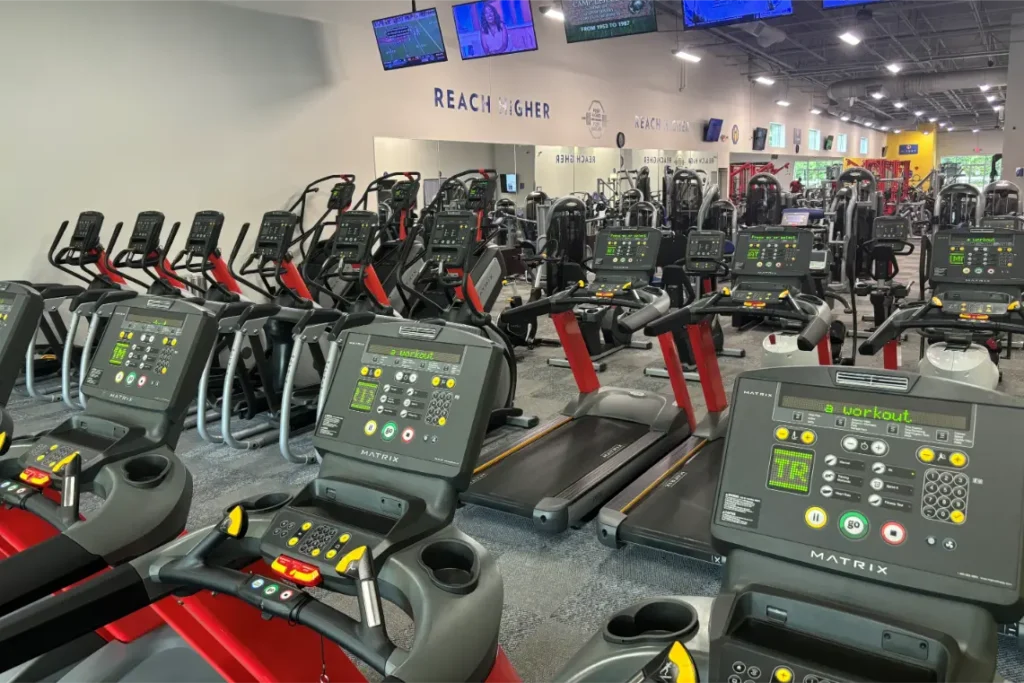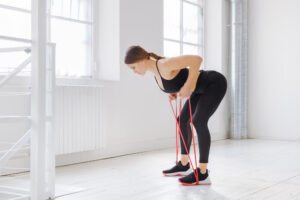When it comes to optimizing your workout routine, the sequence in which you perform different types of exercises can significantly impact your results. High-Intensity Interval Training (HIIT) and weight training are two popular forms of exercise, each known for their unique benefits and approaches. However, integrating both into a single workout session raises a crucial question: should you perform HIIT before or after lifting weights? Understanding the advantages of each sequence can help you tailor your workout to better suit your fitness goals, whether they are to lose fat, gain muscle, or improve overall cardiovascular health.
The science behind exercise order
The order in which you engage in different types of exercises can affect both your performance during the workout and the overall outcomes. This is due to how your body utilizes different energy systems and how muscles fatigue during various activities.
- Energy systems: HIIT typically relies on the anaerobic energy system, which uses energy stored in muscles for short, intense bursts of activity. Weight training, depending on the intensity and volume, might tap into both anaerobic and aerobic systems.
- Muscle fatigue: Engaging in HIIT can lead to a significant level of muscle fatigue due to the lactic acid buildup, which might impair your strength and performance during subsequent weight training.
- Hormonal responses: Both types of exercises stimulate different hormonal responses, which are critical for muscle growth, fat loss, and overall fitness. The timing of these responses can be crucial for optimizing workout results.
Arguments for HIIT before weights
Starting with HIIT has several compelling benefits:
- Increased fat burning: Performing HIIT first can increase heart rate and metabolism right from the start, leading to higher calorie burn throughout the session.
- Peak performance: Since HIIT requires quick bursts of energy, starting with it when your energy levels are highest might help maximize performance without the fatigue from weight lifting.
- Enhanced cardiovascular warm-up: HIIT serves as an excellent cardiovascular warm-up, increasing blood flow and priming the muscles for strength training, potentially reducing the risk of injury. Here are some stationary bike high-intensity workout routines to try before your next weight-lifting training.
However, it is important to note that intense HIIT can also deplete glycogen stores, potentially leaving you too fatigued to perform optimally during the weight training segment.
Arguments for weights before HIIT
On the other side of the debate, beginning with weight training offers its own set of advantages:
- Focus on form: Lifting weights first means you’re likely to have better form and concentration, as you’re not yet fatigued from the high intensity of HIIT. This can lead to more effective strength training and reduced injury risk.
- Greater strength gains: By prioritizing weights, you can use your prime energy to lift heavier and build strength more efficiently, as your muscles aren’t yet fatigued from HIIT.
- Post-weight fat burning: After depleting the muscles’ glycogen stores during weight training, your body can potentially burn more fat during HIIT, as it may turn to fat stores for energy.
If you want to get a personalized plan and instructor-led HIIT workouts, then join HiTone Fitness Fayetteville. At the moment, we are offering a 3-day free pass that will allow you to experience why so many people in Fayetteville choose us as their favorite fitness place.
Comparative analysis: HIIT before vs. after weights
Deciding whether to perform HIIT or weight training first depends largely on your personal fitness goals and how your body responds to each type of exercise:
- Energy utilization: HIIT first might be more draining overall, potentially compromising your strength during weight training. Conversely, starting with weights preserves energy for strength training but may reduce the intensity you can dedicate to HIIT.
- Risk of injury: Fatigue from HIIT could impair your form and increase injury risk during weight lifting. However, a thorough warm-up with light cardio or dynamic stretching can mitigate this risk.
- Effectiveness for specific goals: If your primary goal is strength and muscle gain, weights first may be preferable. For those focusing on endurance or weight loss, starting with HIIT could be more beneficial.
Final thoughts
Both sequences offer unique advantages and can be effective in their own right. It’s important to listen to your body and consider how you feel during and after workouts when deciding the best order for you. Experimenting with both sequences might also provide you with personal insights into what works best for your specific needs.







